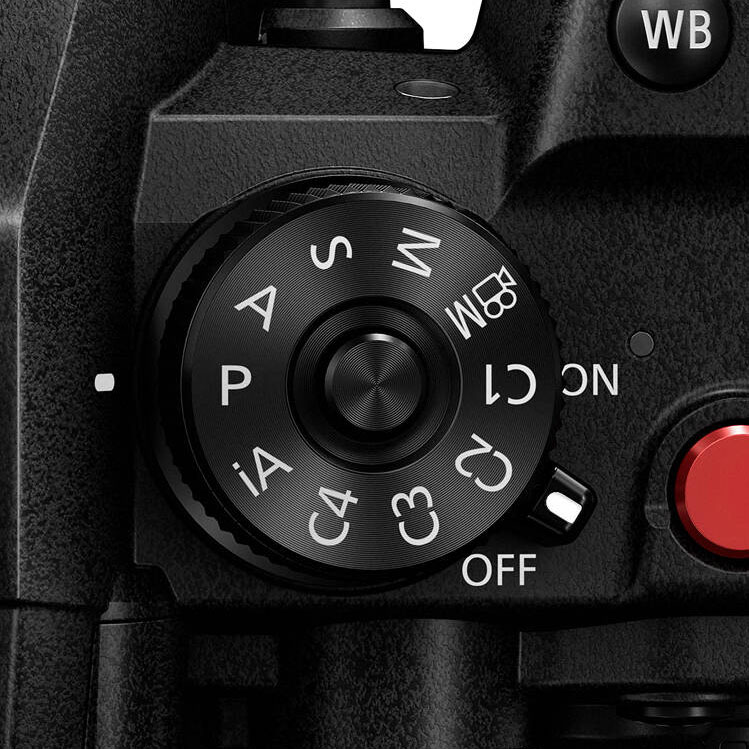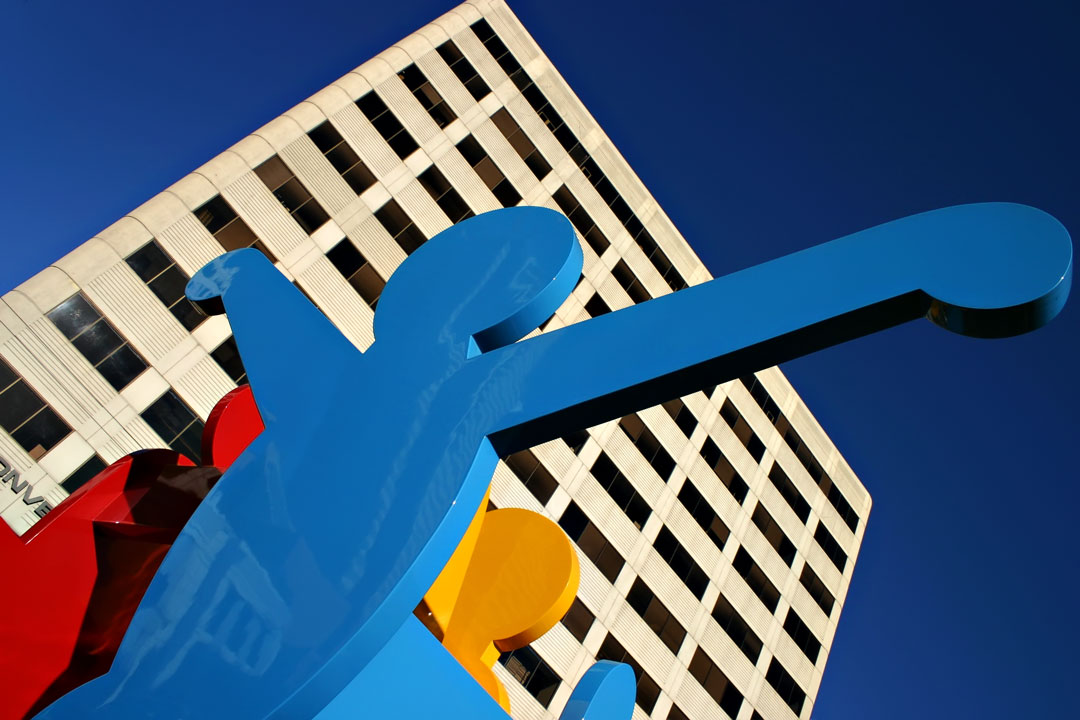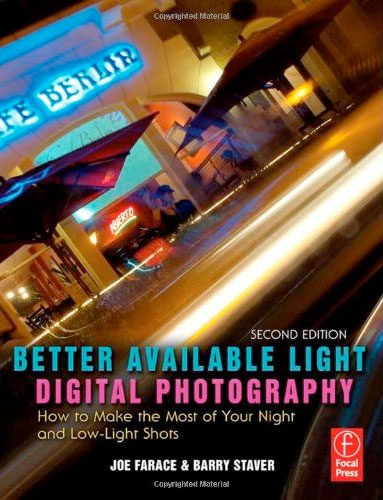Today’s Post by Joe Farace
An intellectual says a simple thing in a hard way. An artist says a hard thing in a simple way.—Charles Bukowski
 Several years ago I was teaching a class on travel photography at the Palm Beach Photographic Centre, filling in for a famous photographer who had canceled at the last minute.
Several years ago I was teaching a class on travel photography at the Palm Beach Photographic Centre, filling in for a famous photographer who had canceled at the last minute.
While I was doing my Lenny Harris imitation, a couple of the students asked why I was not shooting in Manual mode when we were shooting at Wakodahatchee Wetlands. I pointed to my camera’s dial, showing all of its different letters saying I prefer to use the mode that fits the subject and what I was planning on shooting. It seems that the student’s instructor at another workshop they attended told them that she only shoots in Manual mode because that was the purist form of photography. Me, I’m not a purist just take pictures.
For sure, accurate exposure begins with correctly setting lens aperture, shutter speed and ISO. Today’s DSLR’s and mirrorless cameras let you choose to set the exposure manually or let the camera do it for you, including ISO. Some purists claim that by using manual exposure it’s the only mode to use and you can use either a separate hand-held light meter or the metering system that’s built into your camera to determine correct exposure. The truth is that for 90% of photographs that you’ll make, any one of a camera’s automatic modes will do a fantastic job in producing correct exposures but its those last 10% that’ll kill you.

And that’s when you need to shift into manual mode, especially when the light is at the extreme ends of brightness or darkness. Lighting situations at the extremes can sometimes confuse even the most sophisticated automatic exposure system. That’s why manual exposure can be helpful when dealing with high subject contrast and strong backlight or when a specific mood is desired. Don’t confuse this with the current Instagram trend of underexposing portraits to create a low key look; that technique really doesn’t work, in my opinion, because of the lack of highlights. (PS: Follow me on Instagram @joefarace.)
I also think manual mode is useful for those shooters who would rather drive a car that has a manual gearbox than one with an automatic transmission. But while purists claim manual exposure mode is the only one to use, outdoors I tend to use all the letters on the dial. In the studio, it’s Manual mode all the way…
How I Made this Photo: I’m not normally a fan of big cities but really love visiting San Francisco because of it’s diversity of architecture and topography. Great food too. Tip: When traveling Look for colorful graphic elements even if you have to “cheat” with the exposure a bit. I photographed this sculpture in San Francisco. The camera used was a Canon EOS Digital Rebel with 18-55mm kit lens at 18mm. Exposure was 1/500 at f/13 and ISO that was somewhat underexposed from what a “normal exposure” might be, in order to saturate the colors.

Joe Farace is co-author along with Pulitzer Prize-winning photographer Barry Staver of “Better Available Light Digital Photography” that includes more information on how some of these images were created. New copies are available from Amazon for $21.50m with used copies are starting around $5.00, as I write this.